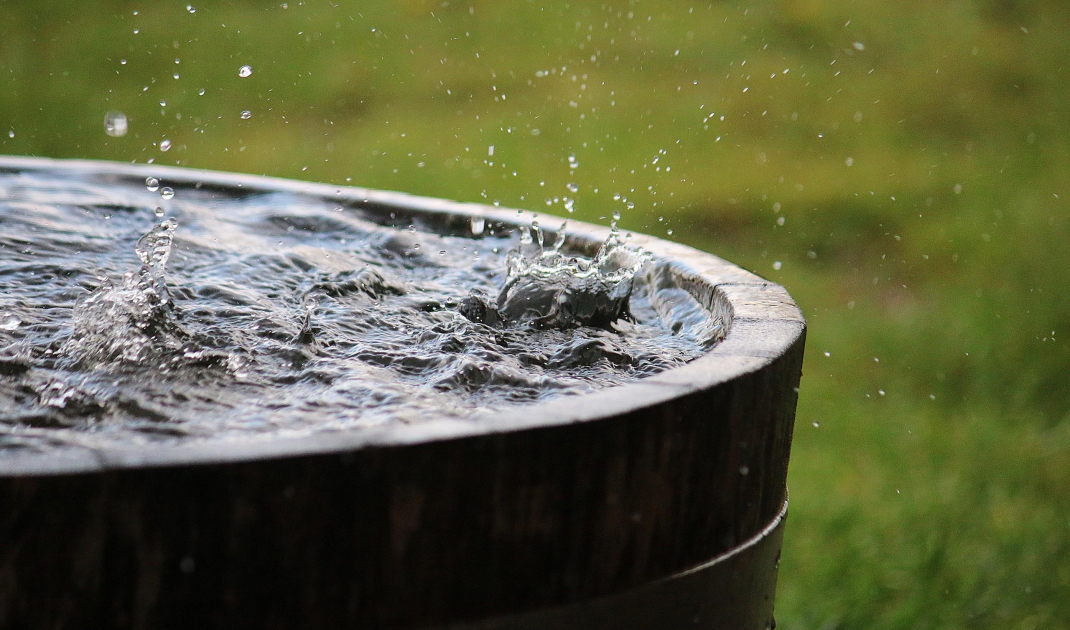Sustainable garden design has become not so much a trend as a necessity. By taking action in home gardens and balconies, we can fight climate change. We suggest how to do it!
Sustainable garden design is absolutely necessary
© Castorama
Let's save water
Saving water is absolutely crucial! Even before the summer season, it is important to plan how we will design our garden so that it does not run out of water. For garden owners, the best solution is a rainwater container. Such tanks are mounted to the gutters. This is a small investment that will significantly reduce water consumption in the garden. In stores you will find many types of rainwater tanks in different sizes and shapes. Some containers have a design that will look great even in a modern garden.
Water tank
© Castorama
To provide garden plants with adequate moisture, we should rely on natural ways to retain water in the soil. The best way would be to sprinkle natural bark over the flowers. Unlike stones, it absorbs water and improves the pH of the soil, so that flowers will have long access to moisture after rain. The right bark can also prevent weeds from growing and plants from freezing.
Plants are worth sprinkling with bark
© Castorama
Conscious choices
When designing ecological gardens, let's also remember that the products used in it should serve us for years. To this end, let's choose good-quality ones and proven solutions, thus reducing the amount of trash. Similarly, in the case of plants, let's choose perennial ones that will survive the winter in the garden and feel good in our climate.
Choose durable products to reduce trash production
© WestwingNow
Vegetable garden
Thanks to modern solutions, even people living in flats can grow tomatoes or strawberries at home. We can certainly fit a wooden box or a mini greenhouse on the balcony, so that delicious vegetables can be enjoyed all summer. In addition to vegetables and fruits, on windowsills and balconies we can easily sow herbs, which will be useful in everyday cooking. In the garden, choose honey plants and flower meadows. We can also provide shelter for bees and bumblebees by buying or building insect houses by ourselves.
You can create a mini-greenhouse on your balcony
© Castorama
Natural fertilizers
The health of our plants depends on what fertilizer we use. Strong insecticides or weed killer liquids not only affect pests, but also get into flowers and, even worse, fruits and vegetables. The best and most sustainable way to fertilize plants is therefore composting. Nowadays it's easy and doesn't have to be associated with a repulsive smell. You can find composters in stores, whose design ensures easy extraction of compost and free circulation of air. If we do not have space for composting, it is worth reaching for ready-made natural fertilizers. In this way, we will support plant growth without artificially accelerating the flowering process. On the other hand, before giving fertilizer to fruits or vegetables, we should familiarize ourselves with their individual mineral needs.
Composter
© Castorama
Are you designing a garden? We have more inspiration for you! Click HERE


































